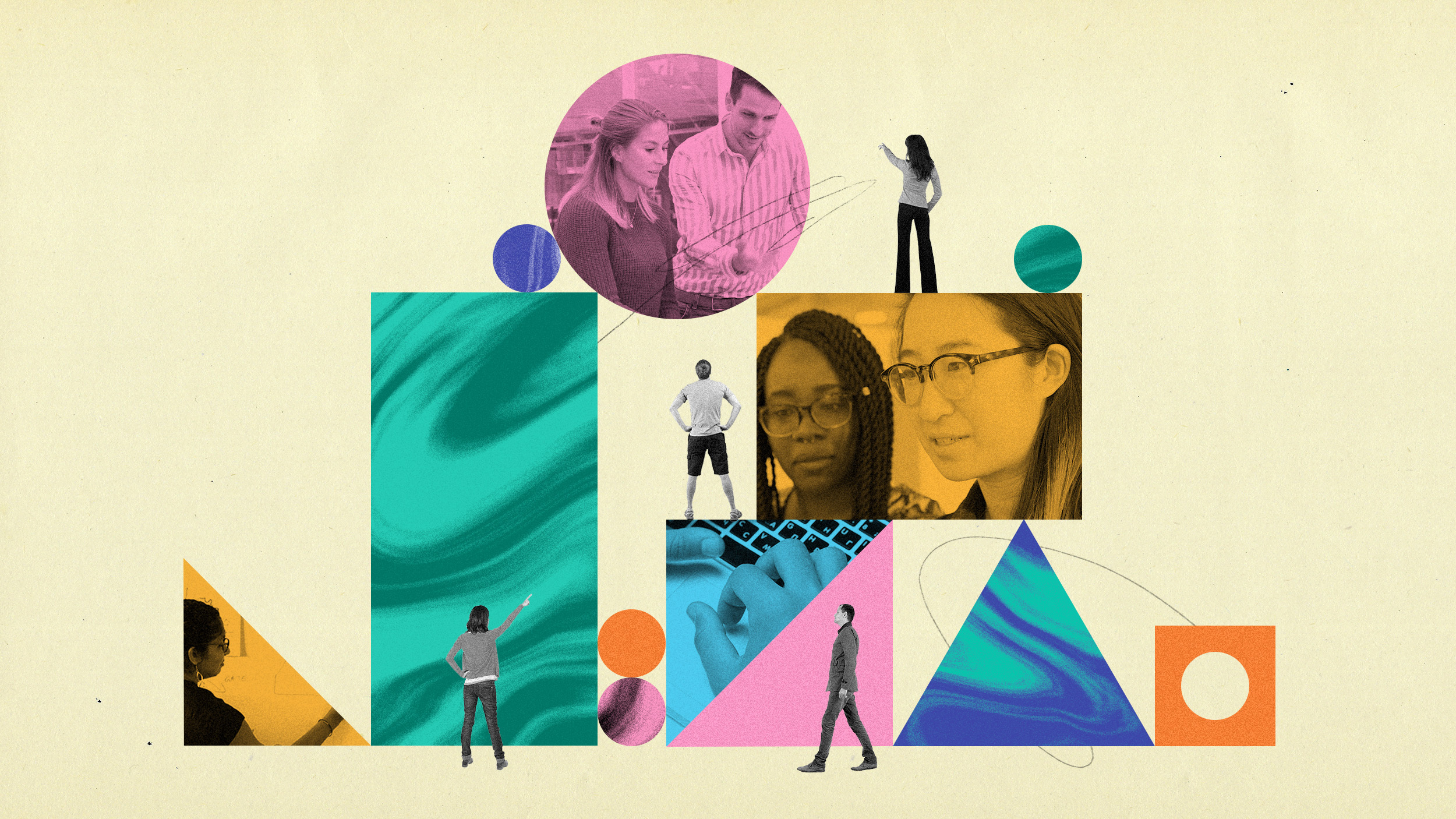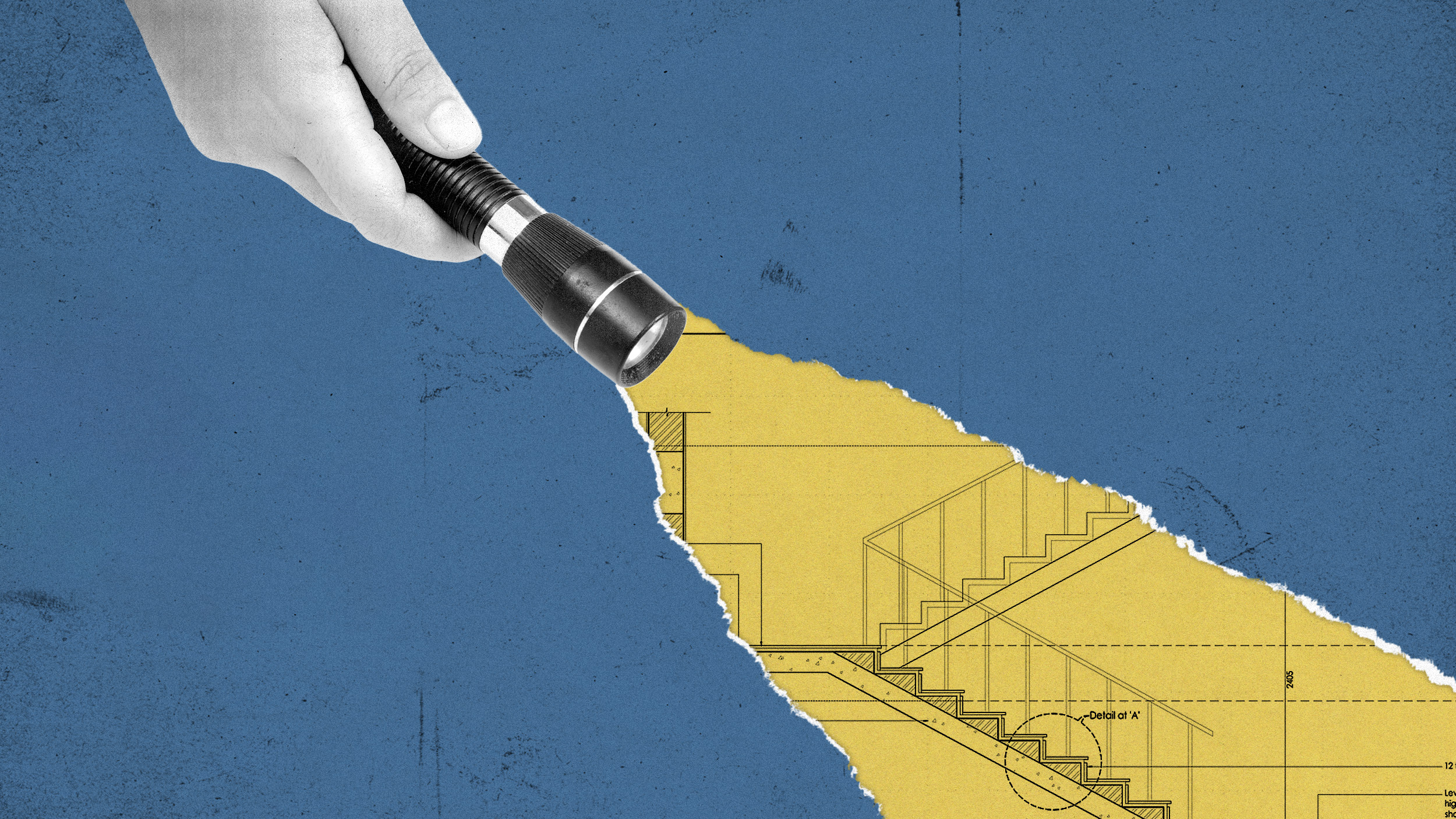Training Millennials in the Workplace to Fit into Your Org Structure

One challenge that some companies have come across in managing Millennials is integrating these younger, tech-savvy workers into your existing organizational structure. There are significant differences between these workers and the generations that came before, not the least of which is the centricity of technology in shaping their worldview.
These differences can create contention between Millennials and their older counterparts, causing friction in the organization. Helping your younger workers fit into your organization can ease tensions and improve productivity—not just for the Millennials, but for your older workers as well.
So, how can you train Millennials in the workplace so they fit into your org structure?
1) Learn What Millennials Really Want
What motivates a Baby Boomer employee won’t necessarily get the same positive response from a Millennial. Older employees are at a different phase of their lives, and have different priorities compared to younger workers who are just out of college.
Learning what these different priorities are can be vital for getting younger workers to integrate with your workforce. For example, as noted in a Big Think interview with Jon Iwata, the Senior VP of Marketing and Communications at IBM:
“The purpose of their work matters greatly to them. They don’t want to differentiate what they do in their personal life from what they do in their professional life. It matters to them. They are technology savvy. They take it for granted. It’s like breathing to them. And they assume that the companies they work for or engage with are going to engage with them on that basis.”
Just increasing margins for anonymous investors isn’t going to cut it for this tech-savvy, purpose-driven group. Their work has to mean something if they’re going to connect with it and with others in the organization.
Iwata was able to gain these insights on a personal level just by taking some time to sit down and talk with groups of his younger workers. He had heard many of the common characteristics of Millennials from articles like this one, but he went and confirmed what his workers wanted for himself.
So, taking the time to sit down with and talk to—or at least survey—your Millennial workers about what motivates them and what they want can be a great way to learn how you can integrate them into your organization.
2) Create Learning Opportunities to Help Millennials Grow
Another common characteristic of Millennial workers is that they’re often driven to try, and learn, new things. Granting them new learning opportunities is a great way to keep them motivated and engaged with the organization as a whole.
Millennials have grown up in the age of the Internet and, more recently, smartphones that put all of the information and content of the net in the palms of their hands. These innovations have made instant access to new information second nature for younger workers.
When this appetite for new information goes unheeded, it can lead to disengagement from your Millennial employees.
Providing a bevy of training resources, and making sure the Millennials know about them, can be vital for maintaining engagement and even providing job-critical skills that they need to better integrate with your workforce.
Training employees to handle new tasks creates new opportunities for them, and helps them grow, which is a major personal goal for many Millennials. It also contributes to the next method of integrating Millennials:
3) Grant Some Internal Mobility to Give Millennials the Chance to Try New Things
Some Millennials may want to try new things to grow and learn or just to find what they’re best at. Giving your younger workers opportunities to move around in the organization to try new job roles in other departments can help settle some wanderlust while allowing those workers to keep their same employer (you).
Martin Birt, the President of HRaskme.com, supports the idea of internal mobility as a means of improving Millennial integration/retention for business in an article about job-hopping Millennials for the Financial Post:
“One way to mitigate the potential for voluntary early career attrition by Millennial employees is to offer job hopping opportunities within your company. This way employees can have a wide range of experiences and develop expertise without having to re-build their reputation or networks and without risking losing gains made in compensation and benefits.”
Long story short, granting internal mobility gives your Millennial employees the ability to try new things without putting their current careers at risk.
4) Bringing It All Together with Mentoring
So, what can you do to close the generational gap, demonstrate to Millennials what their work contributes to, and give them new learning opportunities all at once? Starting a mentoring program is one effective way to meet all of these goals.
Mentoring helps Millennials and Baby Boomers (or other generations of workers) in a number of ways:
- It Dispels Preconceptions. One of the best ways to eliminate prejudices that groups have against one another is to have them work together for a common goal. This is a lesson the Army learned back in WWII, when they saw that “Whites whose companies had been joined by black platoons showed dramatically lower racial animus and greater willingness to work alongside blacks than those whose companies remained segregated.”
- It Helps Both Groups Learn New Skills. Millennials get the benefit of learning new skills that their mentors are experienced in, and their mentors can even pick up a new skill or two from their tech-savvy, more recently trained mentees.
- It Grants Mobility in the Business. Millennials get the chance to see new work roles/processes, move between departments, and pick up the skills they need to be laterally or even upwardly mobile in the business.
- Mentors Can Share Their Stories. Mentors are able to share stories of interactions they had with clients or others who were directly affected by their actions. This helps demonstrate to the mentees the potential impacts of their activities for others in a way that a graph chart simply can’t. Plus, it creates a personal narrative for the mentee to emulate in their own work.
Ultimately, creating a mentoring program could be the single most effective way to integrate Millennials in your existing organizational structure.
Discover more resources for training Millennials in the workplace from industry luminaries such as Jon Iwata, Jennifer Brown, and David Stern in Big Think+.




